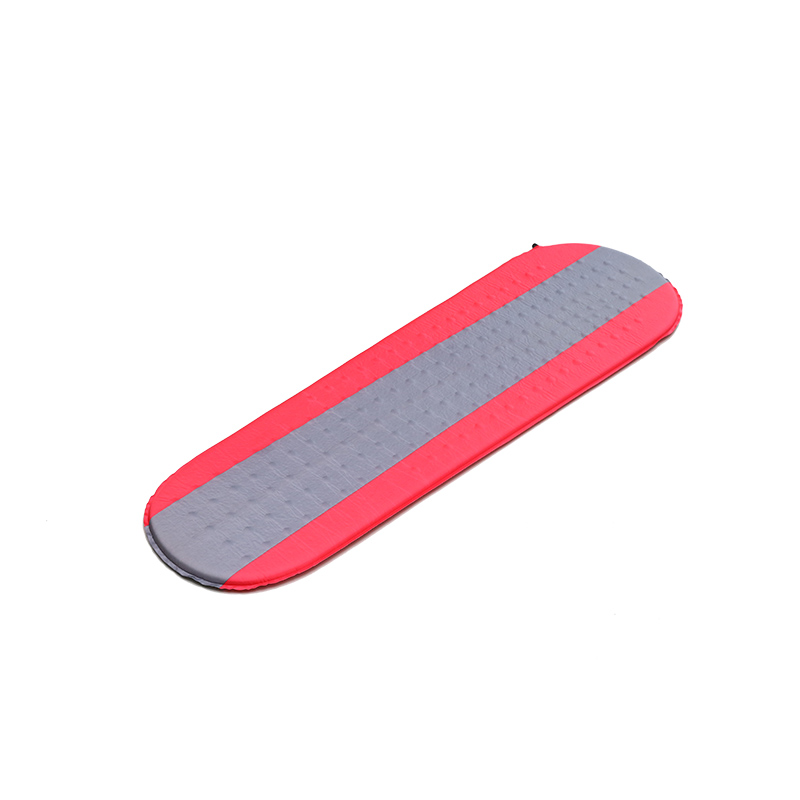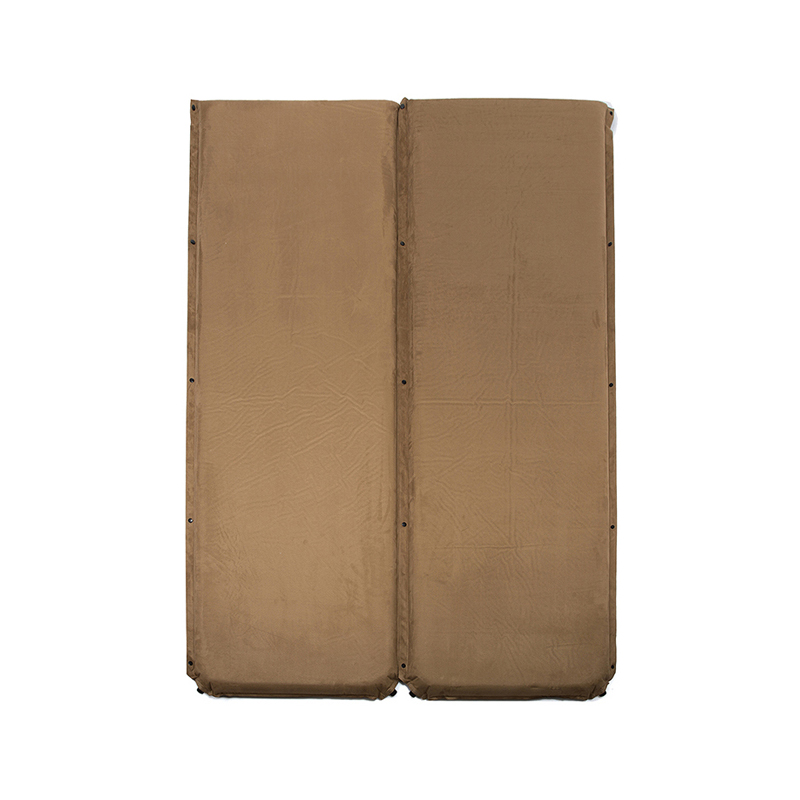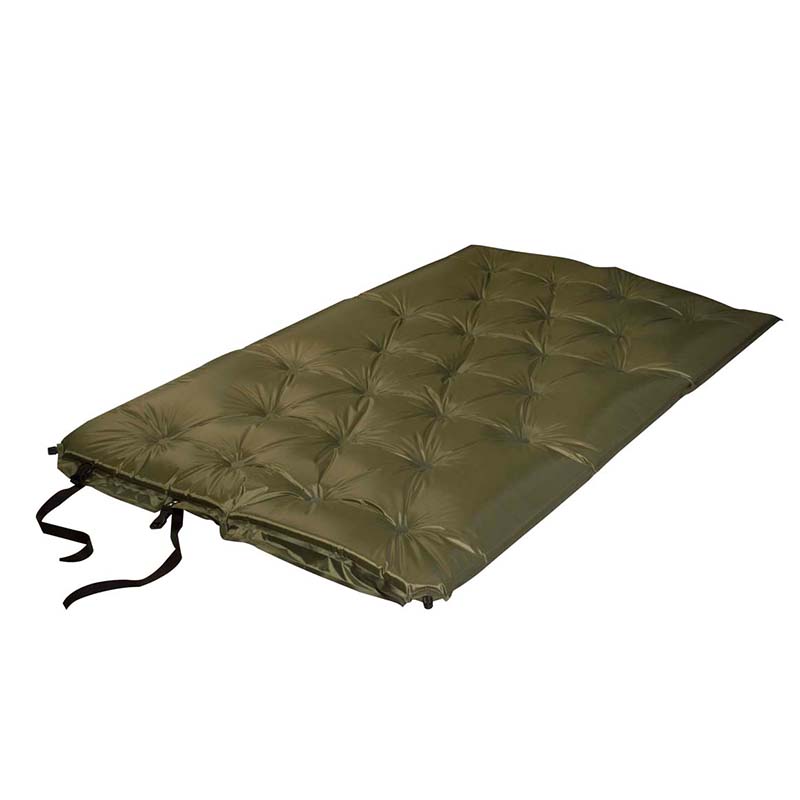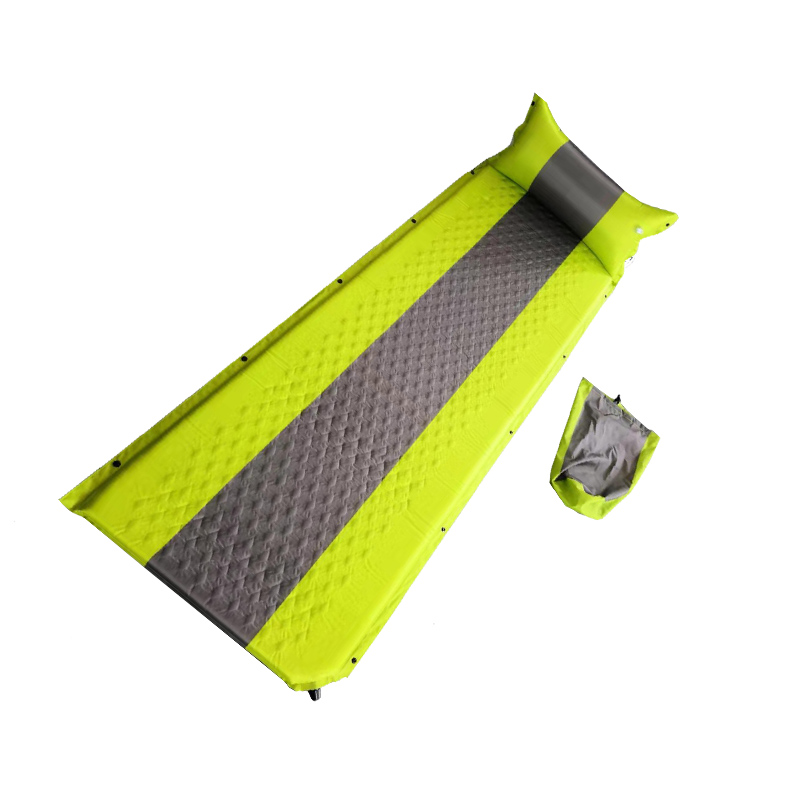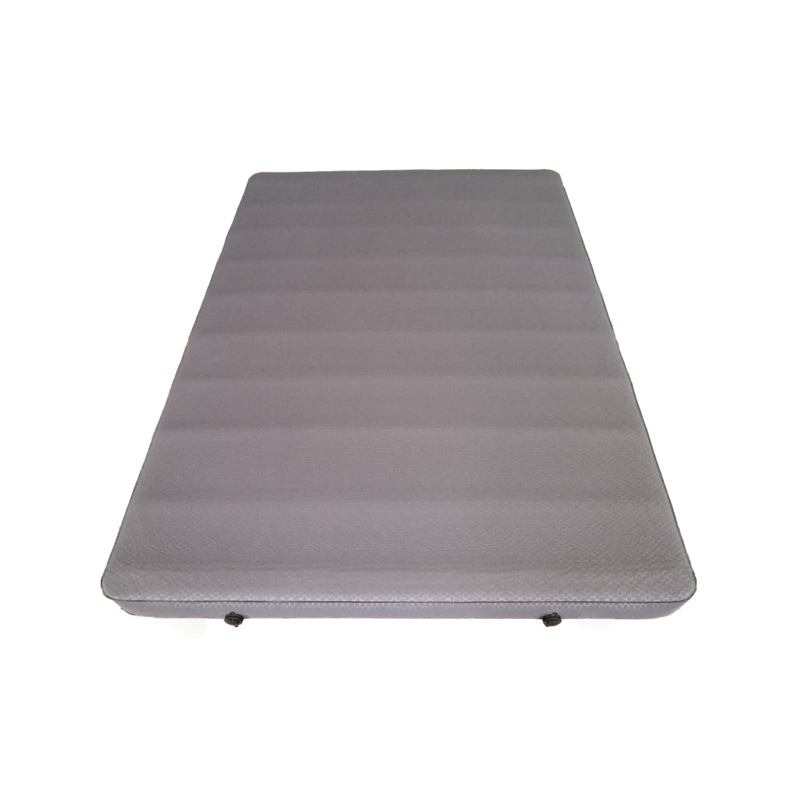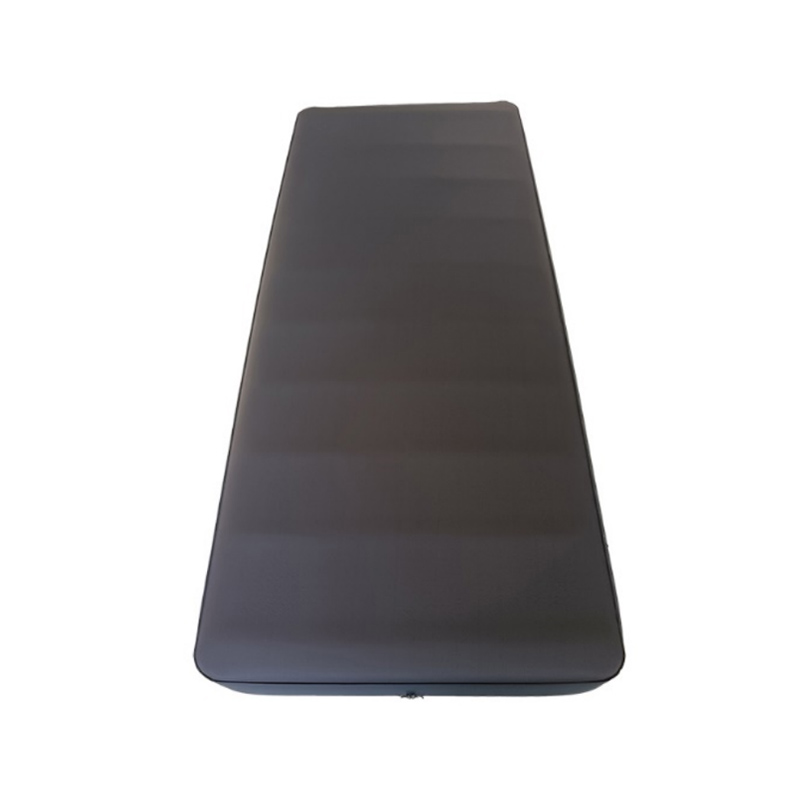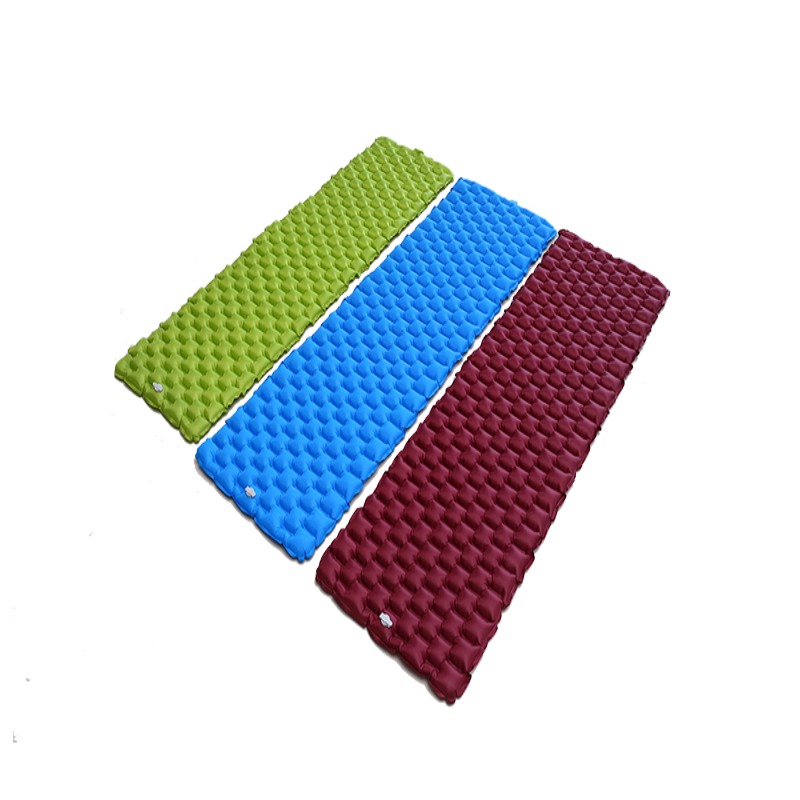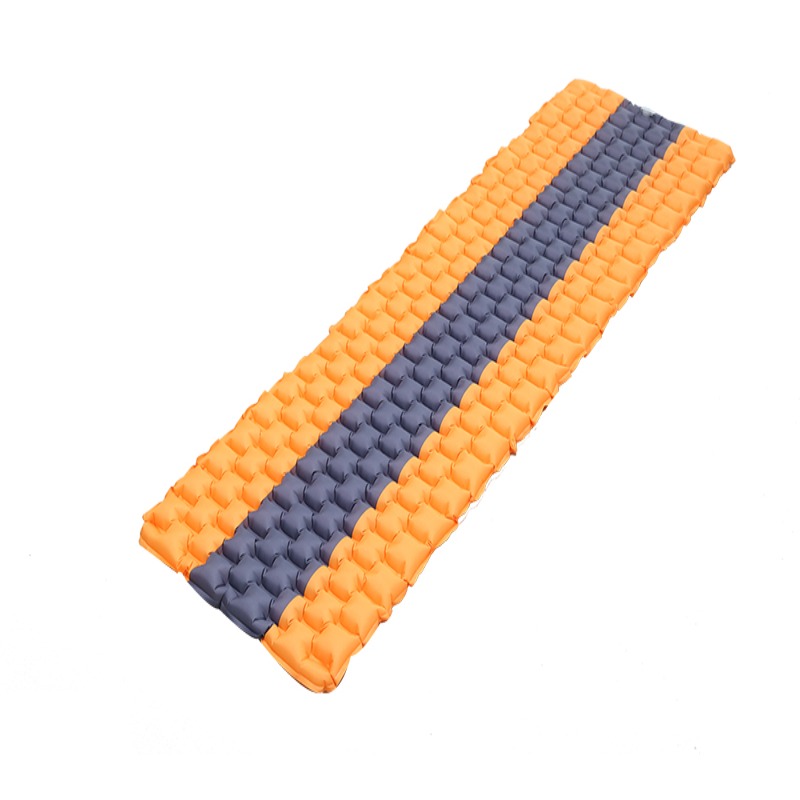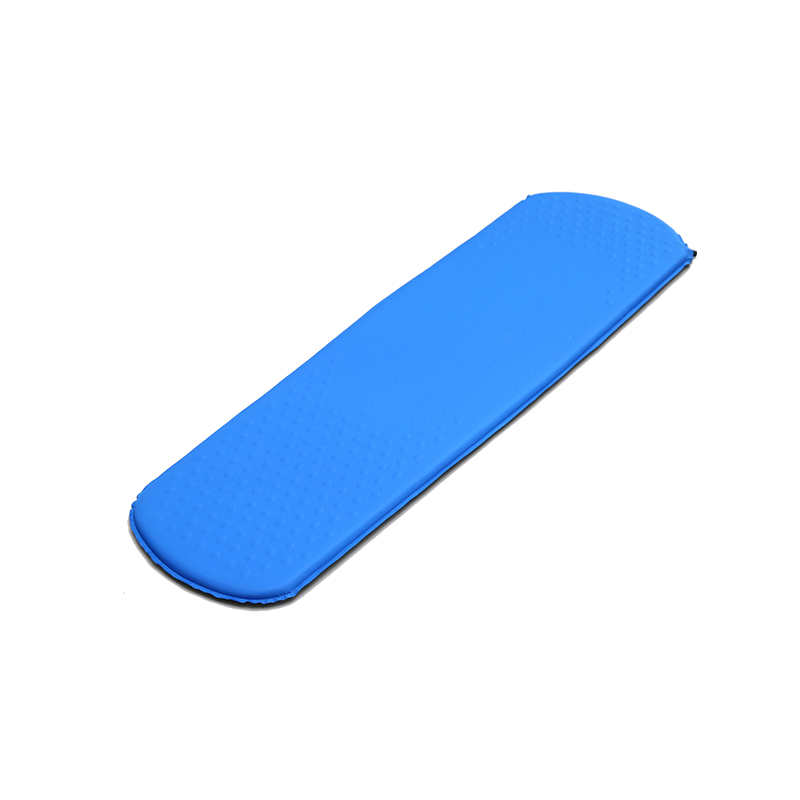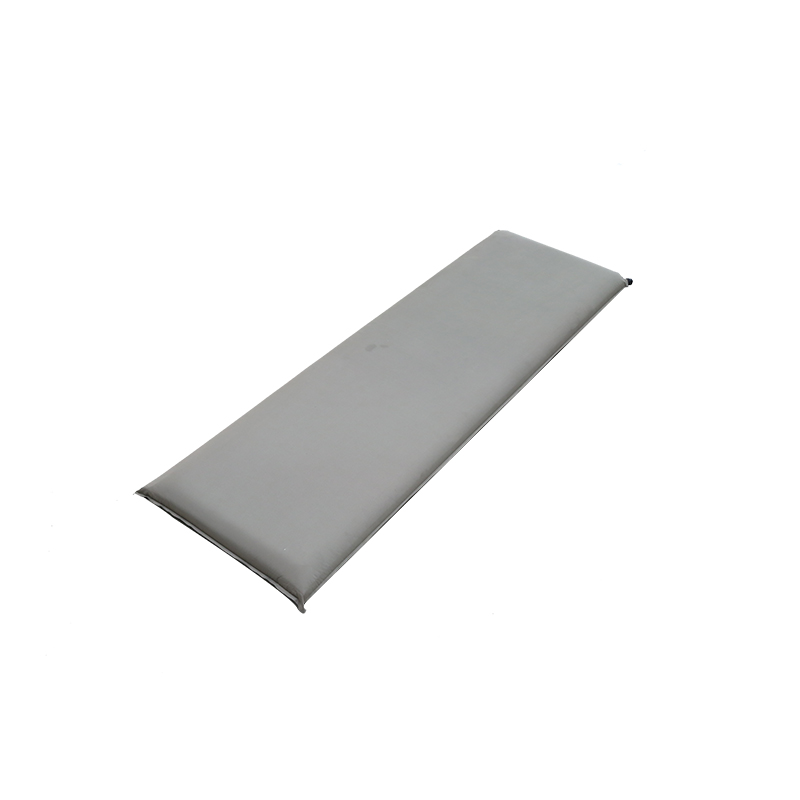The thickness of a sleeping pad plays a crucial role in providing cushioning and support, influencing the overall comfort and quality of sleep during outdoor activities such as camping or backpacking. Here are the key aspects to consider regarding the thickness of a sleeping pad:
Cushioning:
Thickness contributes directly to the amount of cushioning a sleeping pad provides. A thicker pad generally offers more padding between the sleeper and the ground, creating a more comfortable sleeping surface. This is particularly important for side sleepers and those who are sensitive to pressure points.
Comfort on Uneven Terrain:
In outdoor environments where the ground may be uneven or rocky, a thicker sleeping pad helps distribute body weight more effectively. This minimizes the feeling of protruding rocks or uneven surfaces, enhancing overall comfort.
Insulation:
Thicker sleeping pads often provide better insulation against cold ground temperatures. The additional thickness creates more airspace, reducing heat transfer between the body and the ground. This is essential, especially in colder conditions.
Support for Pressure Points:
Adequate thickness contributes to better support for pressure points such as hips and shoulders. A thicker pad helps to cushion these areas, preventing discomfort and promoting a more restful sleep.
Back Support:
Thicker sleeping pads offer better support for the spine, which is essential for maintaining proper alignment and preventing discomfort or pain. This is particularly important for individuals with back issues.
Adjusting to Personal Preferences:
The ideal thickness of a sleeping pad can vary based on personal preferences. Some individuals prefer a thicker pad for maximum cushioning, while others may prioritize a balance between thickness and packability.
Balancing Weight and Comfort:
Backpackers often face the challenge of balancing weight considerations with comfort. Thicker sleeping pads tend to be heavier and bulkier, so users need to find a thickness that meets their comfort requirements without compromising on portability.
Self-Inflating Pads:
Some sleeping pads, such as self-inflating pads, have variable thickness depending on inflation levels. Users can adjust the firmness and thickness to their liking, providing a customizable sleeping surface.
Ultralight Options:
Ultralight backpackers may opt for thinner sleeping pads to minimize weight and pack size. However, they may need to consider trade-offs in terms of comfort and insulation.
Hybrid Designs:
Some sleeping pads feature hybrid designs with varying thickness in different zones. For example, they may have thicker sections where additional support is needed and thinner sections where weight and packability are prioritized.
In summary, the thickness of a sleeping pad significantly influences the comfort, support, and insulation it provides. It's essential for users to consider their individual preferences, the conditions they expect to encounter, and any specific support needs when selecting a sleeping pad with an appropriate thickness for their outdoor activities.

 简体中文
简体中文 English
English 日本語
日本語 Español
Español Deutsch
Deutsch